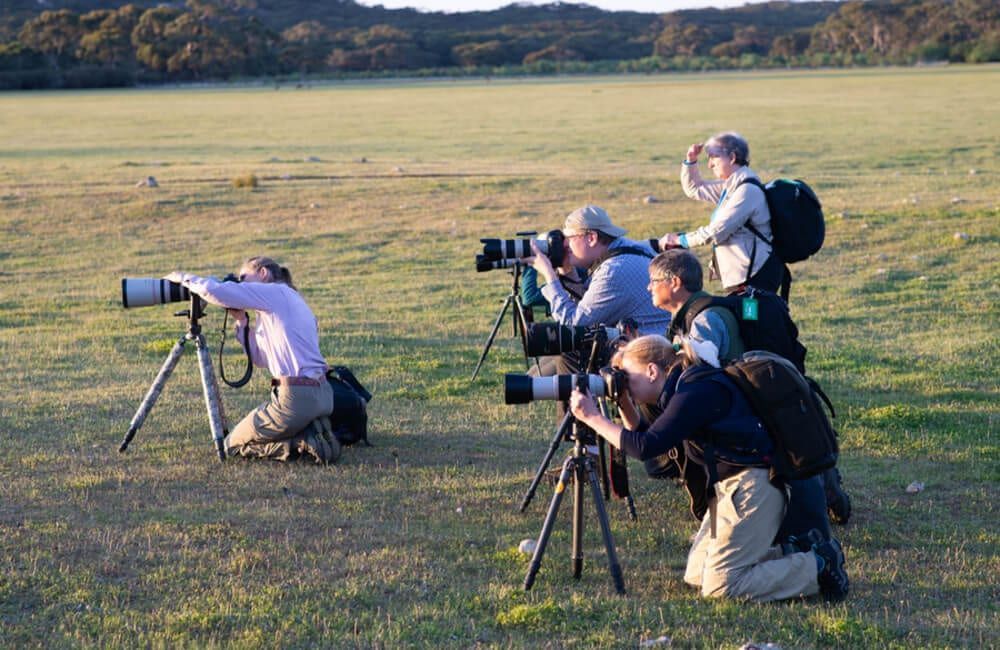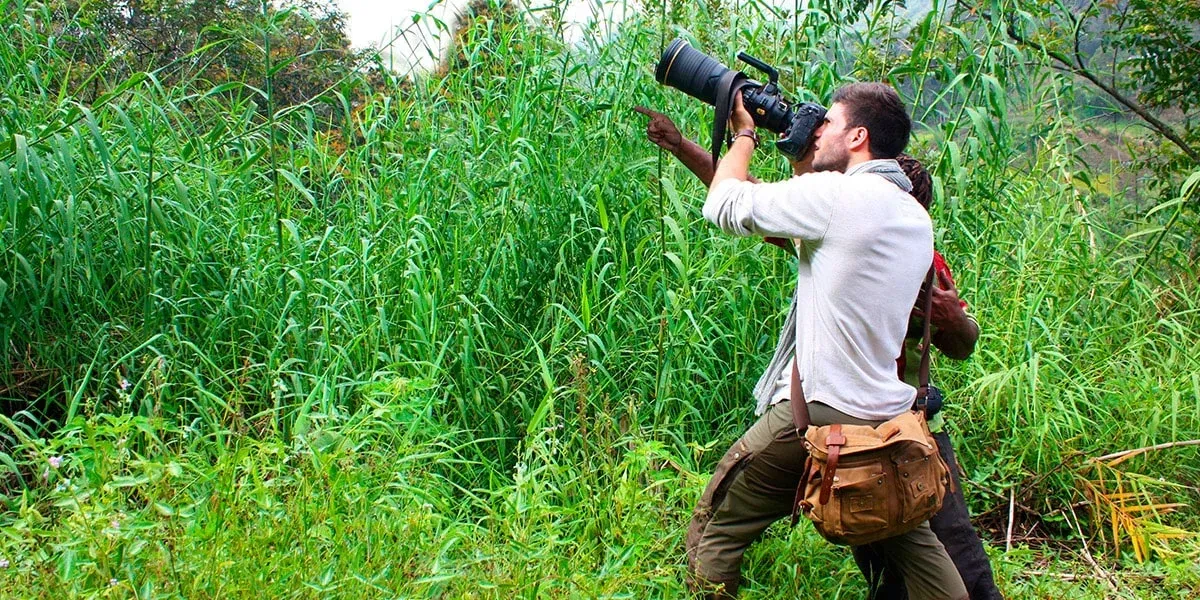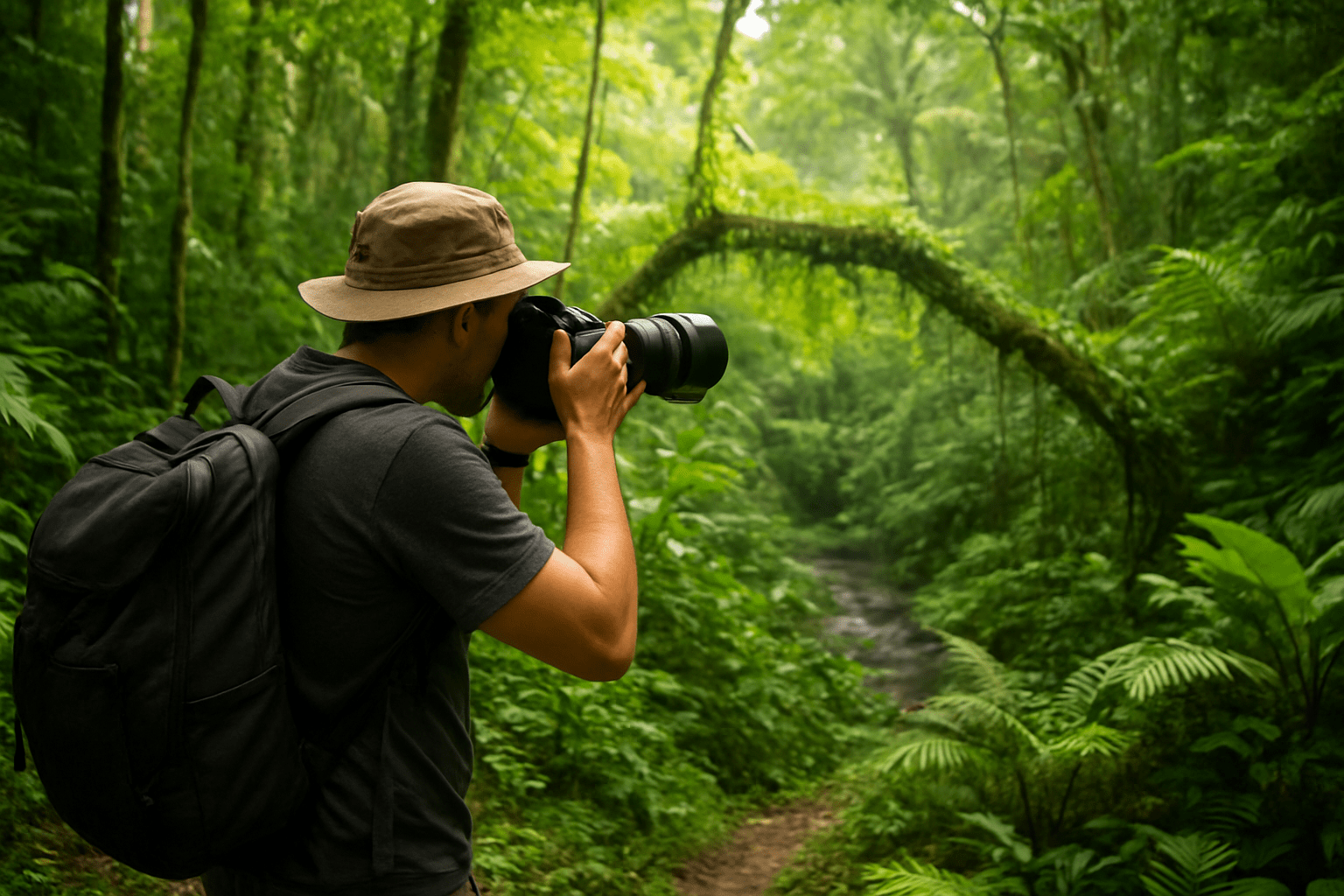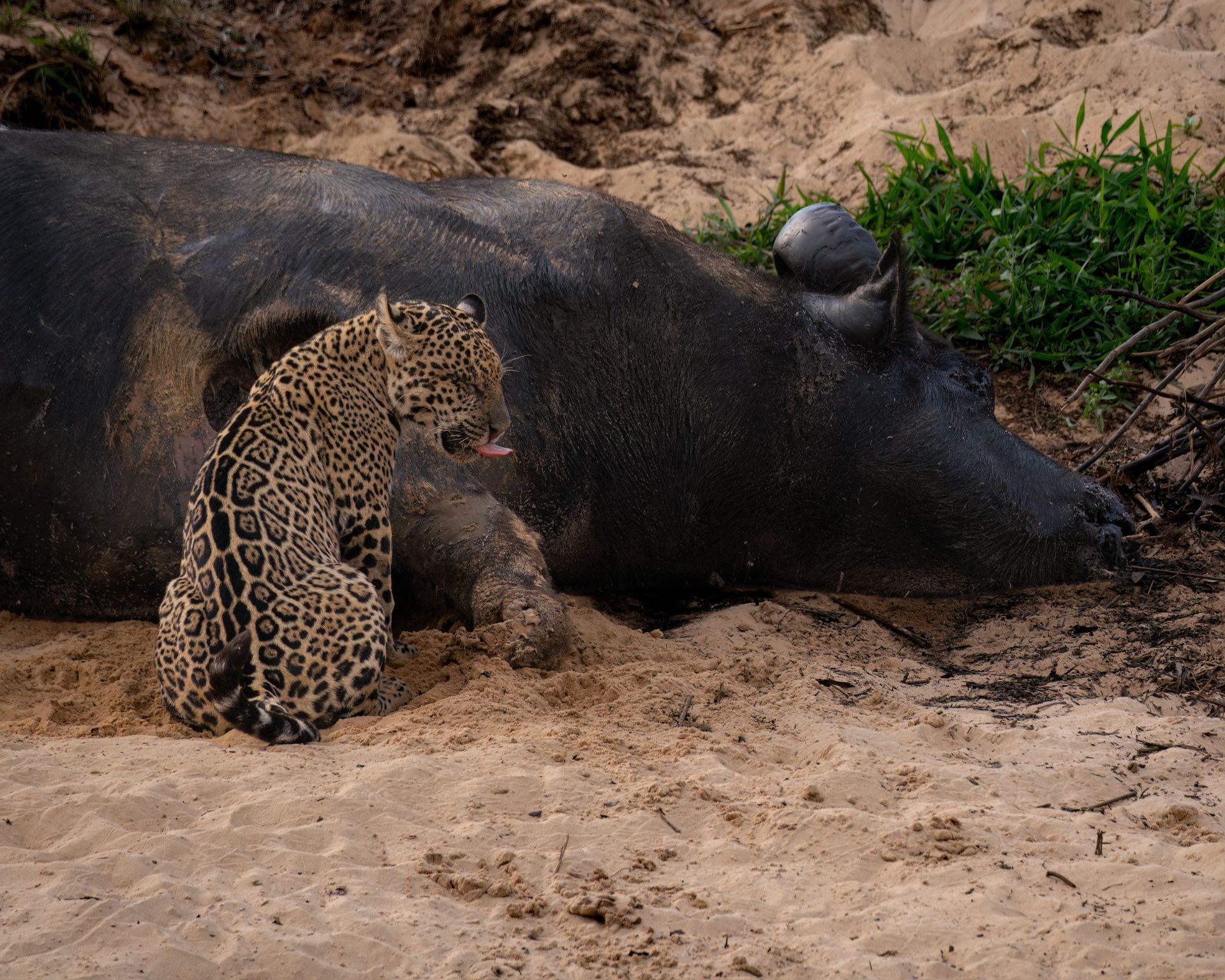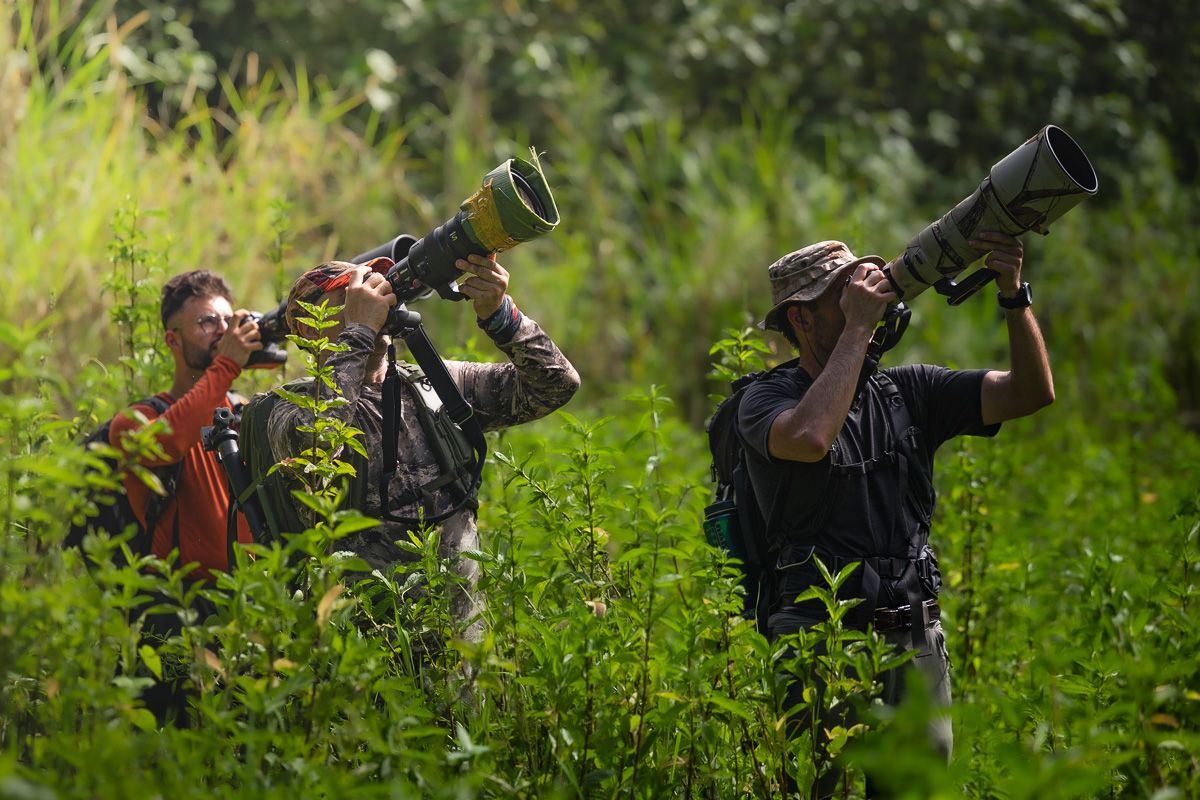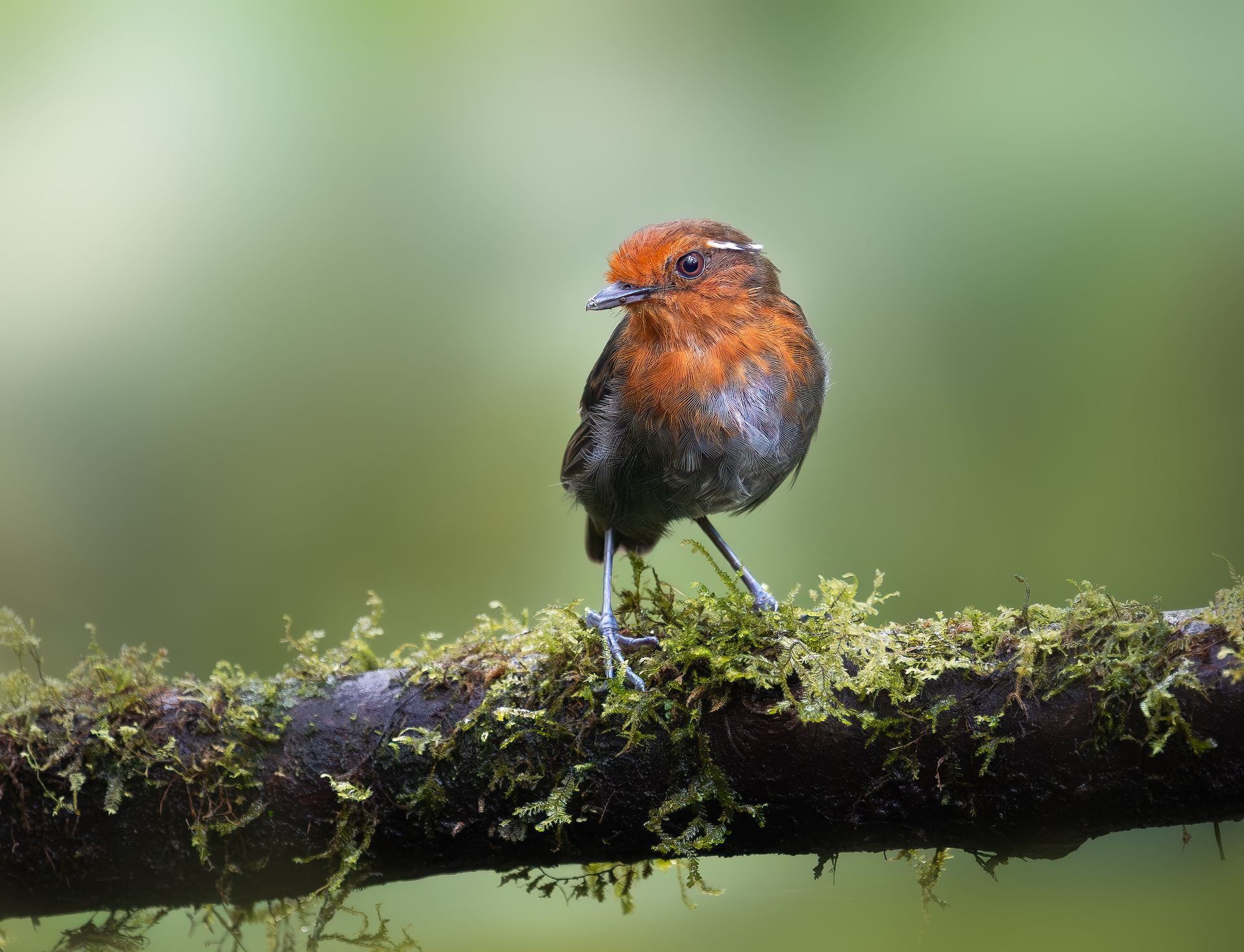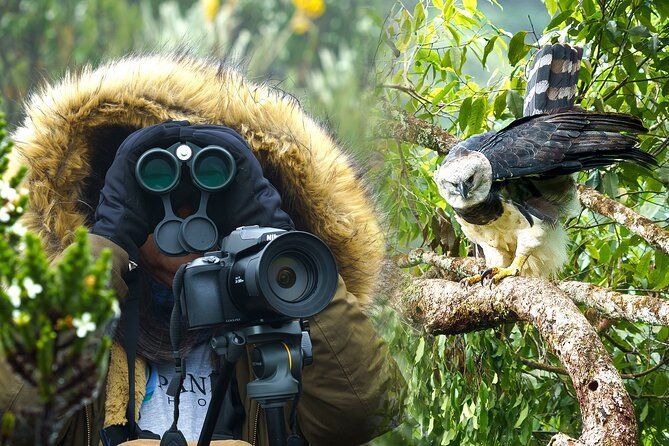"Top 5 Mistakes to Avoid When Photographing Birds in Colombia"
Colombia is often called the birding capital of the world, boasting over 1,900 species—nearly 20% of all bird species on Earth. From iridescent hummingbirds in the cloud forests to vibrant toucans perched among the coffee plantations, this country is every bird photographer’s dream. But while Colombia offers countless opportunities to capture once-in-a-lifetime shots, photographing birds here can be challenging if you aren’t prepared.
Many photographers—beginners and even experienced professionals—fall into the same traps when working in Colombia’s diverse habitats. The good news? These mistakes are avoidable. By learning from them, you’ll not only return home with breathtaking images but also enjoy a smoother, more rewarding experience in the field.
In this article, we’ll cover the top 5 mistakes to avoid when photographing birds in Colombia, along with practical tips, examples, and expert insights gathered from Retorno Photo Tours participants and guides.
Mistake 1: Underestimating the Weather and Terrain
Colombia’s birding destinations span ecosystems that range from tropical lowlands to Andean cloud forests and even high-altitude páramos. This means you’ll face rapidly changing weather conditions, challenging trails, and unpredictable light. Many photographers arrive without the right preparation and equipment, which can ruin a trip before it begins.
Why this mistake happens
- Colombia is close to the equator, so some assume the weather will always be warm and sunny.
- Lightweight travel gear is prioritized over proper waterproof and protective equipment.
- Inexperienced travelers underestimate how physically demanding birding terrain can be.
Real challenges photographers face
- Sudden rainstorms in the Andes can drench unprotected gear within minutes.
- High humidity in rainforest areas can fog lenses or damage cameras.
- Trails in places like the Santa Marta Mountains can be muddy, steep, and slippery.
How to avoid this mistake
- Pack for all conditions: Bring rain covers for your camera, quick-dry clothing, and waterproof boots.
- Layer wisely: Temperatures in the high Andes can shift from hot sun to near freezing in hours.
- Prepare your gear: Use silica gel packs in your camera bag to protect against moisture.
Pro Tip: At Retorno Photo Tours, guides recommend always keeping a microfiber cloth handy. In Colombia’s misty cloud forests, you’ll wipe down your lens more often than you’d expect.
Mistake 2: Focusing Too Much on the “Rare” Birds
Colombia is home to dozens of endemic bird species, from the Santa Marta Parakeet to the Chestnut-capped Piha. Many photographers obsess over capturing these rarities but forget to enjoy—or even photograph—the equally spectacular and more common species.
Why this mistake happens
- Pressure to return home with “bucket list” shots.
- Social media trends that spotlight only rare or endemic birds.
- Limited time in the field leads to chasing checklists instead of moments.
What you miss by making this mistake
- Incredible everyday species like motmots, tanagers, and toucans are often more photogenic than elusive endemics.
- Behavioral shots—such as hummingbirds feeding or antbirds following army ants—often tell richer stories than simple portraits of rare birds.
- You risk missing unexpected opportunities while fixating on one target species.
How to avoid this mistake
- Balance your priorities: Make a list of target species but allow flexibility.
- Embrace the moment: Focus on behavior, light, and composition, not just rarity.
- Ask your guide: Local experts often know where the most rewarding photo opportunities are, even if they aren’t the rarest species.
Pro Tip: Some of the best shots from Retorno participants weren’t of rare birds at all but of Scarlet-fronted Parakeets flying over the coffee region or a Collared Inca hummingbird framed perfectly against a waterfall.
Mistake 3: Neglecting Proper Camera Settings for Fast Action
Birds in Colombia are small, fast, and unpredictable. Hummingbirds, for example, beat their wings up to 80 times per second—making them among the hardest animals in the world to photograph. Many photographers arrive with inadequate knowledge of settings for these conditions, resulting in blurry or poorly exposed shots.
Common setting mistakes
- Slow shutter speeds: Anything below 1/2000 can blur hummingbird wings.
- Incorrect ISO use: Keeping ISO too low in dark forests leads to underexposed shots.
- Autofocus struggles: Using single-point focus can make it nearly impossible to track fast-flying birds.
How to avoid this mistake
- Use fast shutter speeds: Aim for 1/2500 or faster for hummingbirds. For perched birds, 1/1000 is usually enough.
- Master ISO trade-offs: Don’t be afraid of higher ISO values. Modern cameras handle noise well, and a sharp photo with some grain is better than a blurry one.
- Continuous autofocus (AI Servo/AF-C): Essential for tracking birds in flight.
- Burst mode: Shoot in high-speed bursts to capture decisive moments.
Example scenario
Imagine you’re in Mindo Loma Lodge photographing a Violet-tailed Sylph. Without burst mode and fast shutter, you’ll only capture a blur of color. But with the right settings, you can freeze its wings mid-hover, revealing iridescent feathers and graceful form.
Mistake 4: Ignoring the Importance of Light and Composition
In their excitement, many bird photographers forget that a technically sharp photo isn’t necessarily a good one. Light, background, and composition often make the difference between a forgettable image and one that wins awards.
Common issues
- Shooting directly into harsh midday sun.
- Cluttered or distracting backgrounds.
- Centering the bird without considering the rule of thirds.
How to avoid this mistake
- Shoot early or late: The best light in Colombia is during the golden hours.
- Work your angles: Move around to find clean, soft backgrounds.
- Think storytelling: Instead of zooming in on every bird, capture habitat shots that show the environment.
Pro Tip: In Colombia’s cloud forests, overcast days actually work in your favor. The diffused light helps bring out the shimmering colors of hummingbirds and tanagers without harsh glare.
Mistake 5: Forgetting to Respect the Birds and Their Habitat
One of the biggest mistakes photographers make in Colombia—or anywhere—is prioritizing the photo over the welfare of the bird. Disturbing nests, getting too close, or altering the environment for a shot can harm both the birds and the ecosystem.
Unethical practices to avoid
- Using playback excessively to lure birds.
- Approaching nests too closely, risking abandonment.
- Cutting branches or altering natural perches.
How to avoid this mistake
- Follow ethical bird photography guidelines: Respect distance and avoid stressing the birds.
- Use long lenses: 400mm or longer lets you capture stunning detail without intrusion.
- Trust your guides: Local experts at Retorno know how to find and photograph birds responsibly.
Why it matters
- Colombia is a global biodiversity hotspot. Protecting these habitats ensures they remain a haven for future photographers.
- Ethical photography often leads to better natural behavior shots—which are far more rewarding than forced poses.
Bringing It All Together
Colombia is without question one of the best places in the world for bird photography. But to truly succeed here, you need more than a good camera—you need awareness, preparation, and respect.
By avoiding these five mistakes—
- Underestimating the weather and terrain
- Focusing only on rare birds
- Neglecting proper camera settings
- Ignoring light and composition
- Forgetting ethical practices
—you’ll maximize both your photo quality and your experience in the field.
At Retorno Photo Tours, we’ve seen countless participants arrive with nervous excitement and leave with portfolios full of breathtaking images—because they learned to embrace Colombia on its own terms.
So when you pack your bags for this incredible country, remember: the best photos aren’t just about the bird in your viewfinder, but also about the story, the journey, and the connection to nature that brought you there.



